Winter cycling clothing - everything you need to stay warm
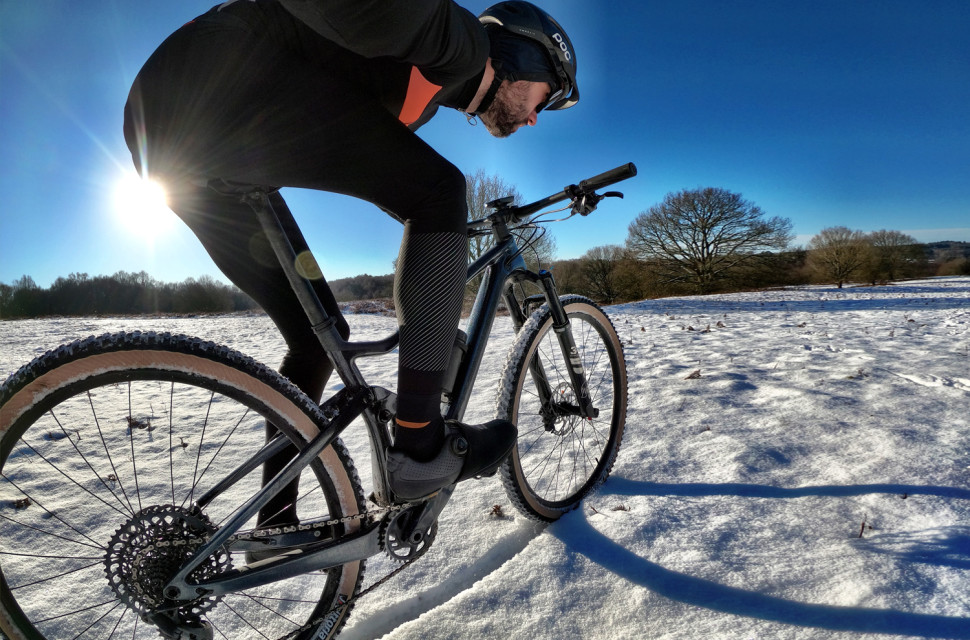
The most dedicated mountain bikers and gravel enthusiasts will not let the chill keep them off the trails. Riding in colder temperatures does take a little more planning to ensure you stay comfortable, dry and warm without looking like a Michelin man. To help you figure out what exactly to wear on those colder cycling days we've put together a guide for the essential winter wardrobe for mountain biking and gravel riding, taking a look at all the options, layering techniques, and accessories to keep you pedalling through snow, mud, and frigid winds.
- Winter bikepacking: 8 essential tips for a successful adventure
- Six tips to upgrade your winter cycling experience
- Winter mountain biking 2025 - your guide to riding in the cold
Layering - one of the best-kept secrets
Winter cycling is all about layering but, instead of simply adding another jacket on top of your existing jersey, it's the baselayers where the magic of warmth lies. How warm your layers and clothing need to be depends on the conditions and intensity of your ride. When designing your winter cycling wardrobe, consider different scenarios: hard training rides, which include efforts up and down the trails, cafe rides with friends, or even multi-day bikepacking trips. All of these require different things from your clothing, as you ride at variable speeds and intensity.
There is one garment that every winter cyclist should have, though, and that is a baselayer. A moisture-wicking base layer is effective at wicking sweat away from the skin, helping you stay warm and dry for longer. Baselayers come in natural and synthetic versions. Woolly baselayers are naturally odour-resistant and require less washing, but some more advanced synthetic baselayers utilise technologies that are super efficient in keeping your core dry.
On top of that base layer, you should add an insulating mid-layer for warmth. This can be a cycling-specific jersey and based on the temperatures you're about to face, you can decide on the thickness. The mid layer can also feature a water-repellent coating (often called DWR), which means it can keep you dry in a little drizzle, or windproof panelling for keeping the breeze out. The mid-layer is the most versatile layer and you could also utilise what you have in your broader outdoor wardrobe – a fleece jacket or a thick jumper can also work as a cycling mid-layer.
Lastly, you want to finish off your layering with a more windproof and water-resistant outer shell to protect against the elements. Usually, very waterproof cycling jackets are not the most breathable, and similarly, if you opt for more thermal properties, you are compromising on the waterproofness. So always look at the forecast and decide based on that. Synthetic materials such as PrimaLoft and Polartec can provide you with lightweight warmth and water resistance, ideal for winter cycling conditions.
If you only have one outer layer, then you can likely get the most bang for your buck out of a waterproof jacket, as that can be paired with thermal layers underneath. But by doing this, you are compromising the breathability, which is why having a couple of different jacket options is great – although not mandatory.
Your outer layer should have an adjustable hood, so you can secure it snugly around your helmet (or underneath it), ventilation zips for letting moisture out, and a dropped tail so your lower back stays dry. A well-designed cycling jacket not only protects you from the weather but also ensures a comfortable and distraction-free ride, so make sure you get one that fits you well and try the size with the base and mid-layer underneath.
Winter cycling bibs
When it comes to lower body protection, there are multiple options depending on your preference and riding style. You have three options; bib tights, mountain bike trousers, or mountain bike shorts – or you can combine two of these.
off.road.cc on WhatsApp
All the latest offroad cycling news, tech and buying advice straight to your phone.Follow our WhatsApp channel here
Cycling-specific thermal bib tights provide insulation while allowing for a full range of motion. Bib tights feature a padded chamois, fit quite closely which prevents them from snagging on your saddle or catching the drivetrain. With the bib straps that keep the tights in place for your whole ride and from falling down, bib tights also make for a more aerodynamic option. Bib tights can feature thermal insulation, windproof panels and even water-repellent coatings to make them more winter friendly, and some come with cargo pockets placed on the thighs.
If you prefer a looser fit, then mountain bike trousers are a good option. MTB trousers or pants fit looser than bib tights and often come without any padding around the saddle area. This means that most riders pair them with bib shorts or padded undershorts underneath. They come in many different fits, materials, and styles. Most MTB trousers taper on the ankle so that you won't have to worry about the legs catching on your pedals or the drivetrain. Some trousers come with fleece lining, which is great for chilly winter rides, and many are treated to repel water and spray from the trails to keep you dry.
When choosing your MTB trousers, consider models with reinforced knees and saddle areas for added durability, especially if you regularly tackle rugged mountain trails where falling off is likely.
The last option is mountain bike shorts. In the winter, your best bet is likely to be waterproof mountain bike shorts, paired with a pair of padded liners or bib shorts. The shorter leg length is not going to work for those of us who feel the cold easily, but for some riders, a pair of shorts is okay through the UK winters.
Warm winter-specific cycling shoes and tips
When it comes to keeping your feet warm and dry, insulated, water-resistant cycling shoes are the best bet. You can get both clipless shoes and flat MTB shoes that have more thermal insulation and water resistance built into them, and often these come with a higher ankle to keep the water from seeping into your shoe.
If you don't want to invest in a winter-specific mountain bike or gravel cycling shoe, you can winterise your existing cycling shoes with some accessories. Neoprene shoe covers provide an extra layer of protection against cold and wet conditions and are a relatively affordable investment. On warmer winter days you might get away with just toe covers.
You can also add a little bit of winterproofness inside your shoes. Wear woolly socks, or for wetter days, pull on waterproof socks. Wrapping your feet in plastic bags or tin foil has worked for riders in the past – but is something we don't reccomend. The best option is to invest in something with thermal properties. Remember these socks are chunkier than normal ones and this can often lead to bruised toes if your shoe is on the narrower/smaller side.
Add winter gloves and accessories
Cold hands can quickly ruin a winter ride, so it's worth investing in windproof and waterproof winter cycling gloves with sufficient insulation. Consider options with touchscreen compatibility, as this allows you to use your devices without exposing your hands to the elements if you are for example taking a picture mid-ride.
You can also layer gloves – if your waterproof gloves have some room in them, you can pair them with a pair of merino liners which adds some much-needed warmth to the hands.
On your head, you can wear a thin cap or hat, or opt for a full balaclava-type hat that covers your head, ears and neck all in one piece. If you want to just protect the ears, get a headband.
Tube scarves, often called "buffs" are a great way to protect your neck from windchill. The tube can also be pulled over your nose when temperatures are really cold, or you can wear the scarf as a hat in a pinch, too.
Don't forget to shield your eyes from wind, rain, and debris with cycling glasses or goggles, which ensure you have clear vision throughout your winter ride and the cold wind won't dry your eyes out.



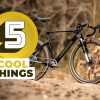
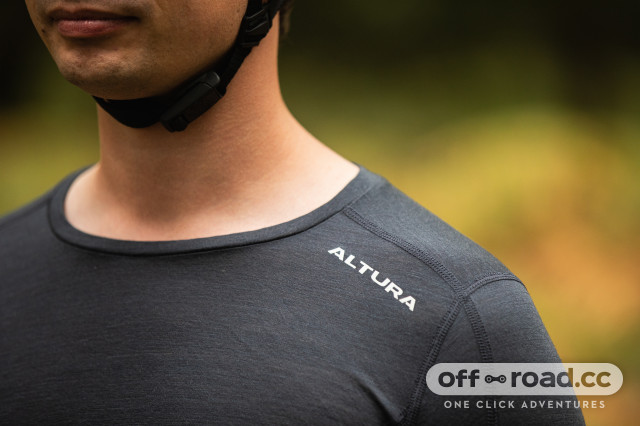
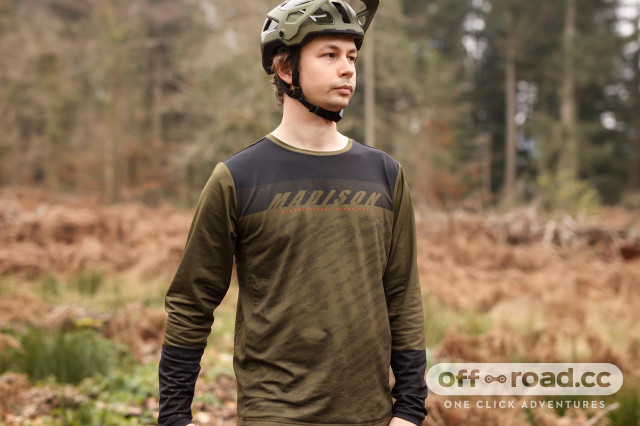
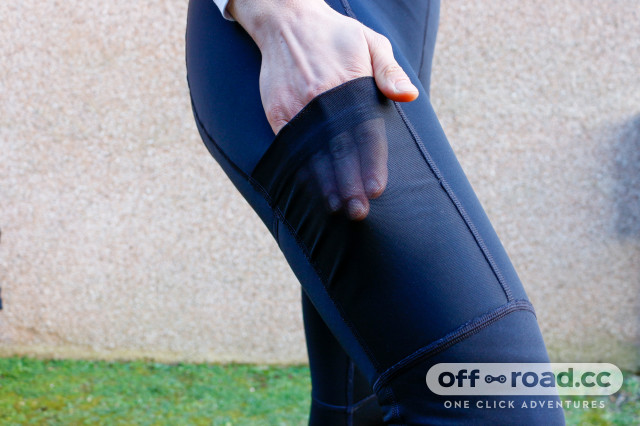

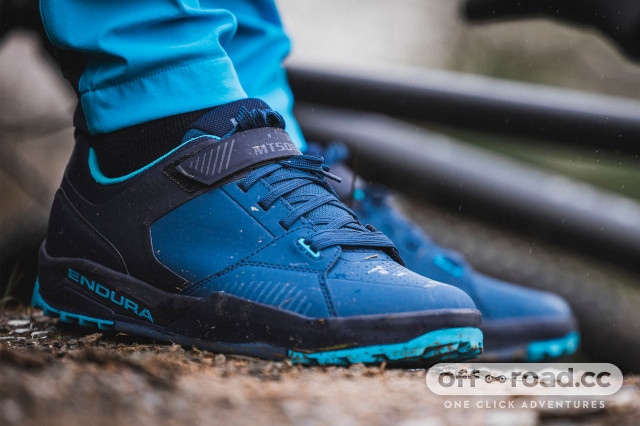
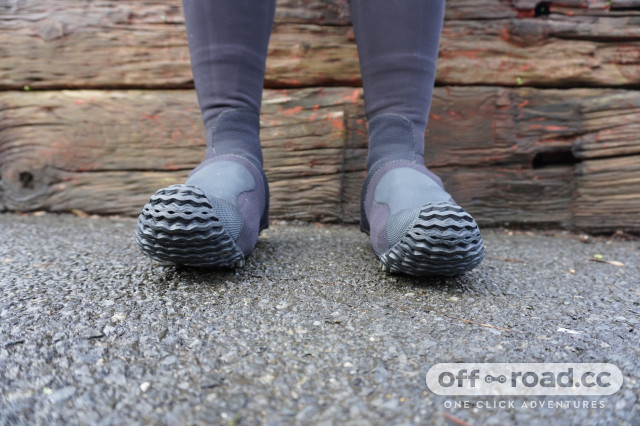

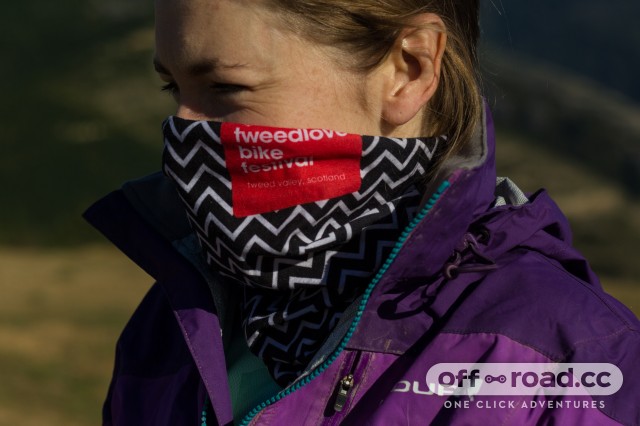


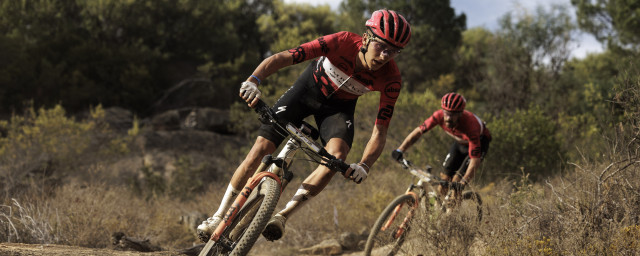


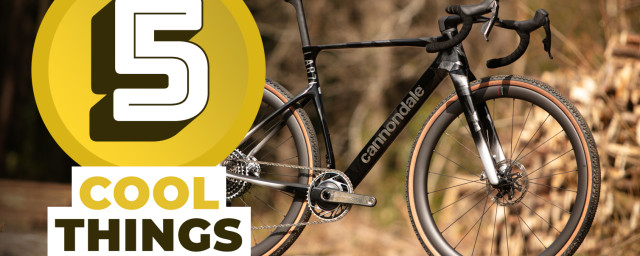
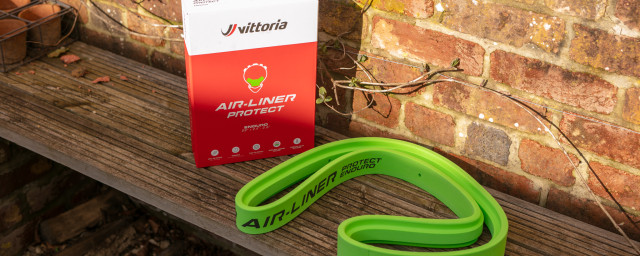
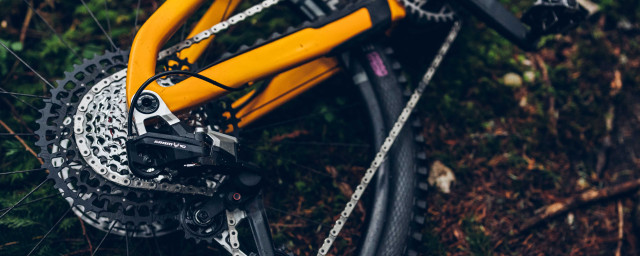

2 comments
There are a few around like Altura's Esker Polartech jersey, the Fox Racing Defend Thermal and the Troy Lee Designs Skyline Chill. Also look for jerseys made of Merino wool which provide increased insulation compared to regular materials.
Nice article, can you name some examples of thermal jerseys please, they are hard to isn't online. I have an old Dakine jersey that's perfect for winter riding but it's not going to last forever and they don't seem to make them anymore. Gloves that really work are rare too.